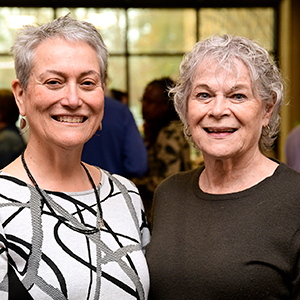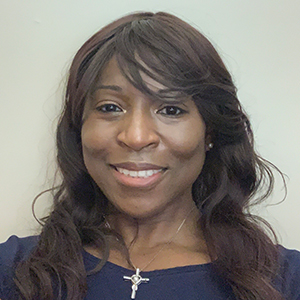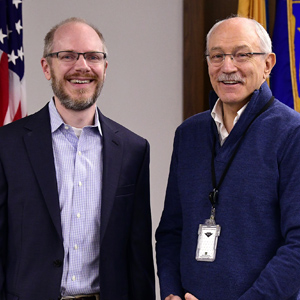At the Feb. 16-17 meeting of the National Advisory Environmental Health Sciences Council, NIEHS and National Toxicology Program Director Rick Woychik, Ph.D., announced a new working group on anti-racism, diversity, inclusion, and equity. The group builds on an idea broached at the council’s Sept. 2020 discussion of racial and ethnic inequalities.
 (Photo courtesy of Vectors Bang / Shutterstock.com)
(Photo courtesy of Vectors Bang / Shutterstock.com)The panel will advise the council on issues such as:
- Increasing diversity in the environmental health sciences workforce.
- Recognizing gaps in research related to how race and ethnicity affect responses to environmental exposures.
- Identifying factors that cause inequity in research funding across racial and ethnic groups.
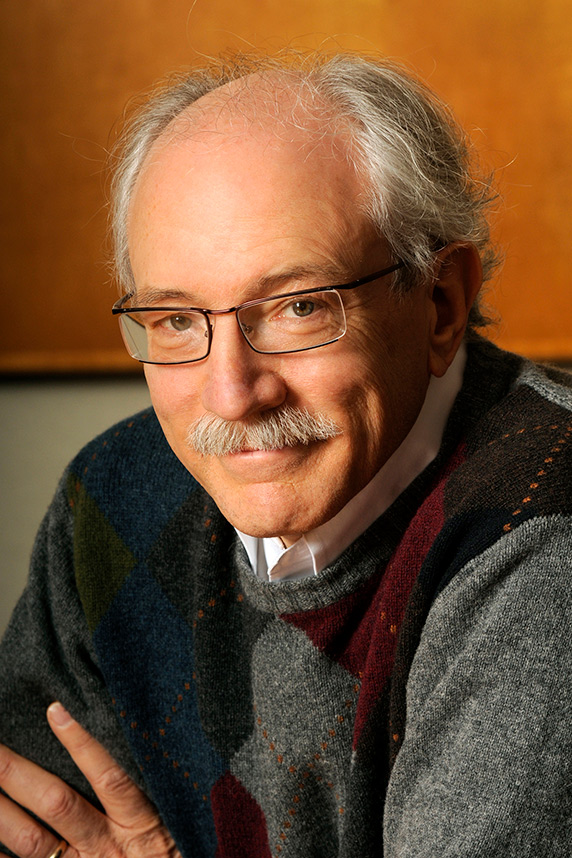 Woychik also described his new Director’s Corner column, which will share interviews, bold ideas, new research approaches, and collaboration opportunities. (Photo courtesy of Steve McCaw / NIEHS)
Woychik also described his new Director’s Corner column, which will share interviews, bold ideas, new research approaches, and collaboration opportunities. (Photo courtesy of Steve McCaw / NIEHS)The working group will be chaired by council member Karen Vasquez, Ph.D., from the University of Texas at Austin. She will be joined by fellow council members Jose Cordero, M.D., from the University of Georgia; Edith Parker, Dr.P.H., from the University of Iowa; and Andy Shih, Ph.D., from Autism Speaks. Toxicologist George Daston, Ph.D., from Proctor and Gamble, will also join the panel.
Ultimately, the panel will have a dozen or more members. Vasquez is developing plans on how to recruit additional members for this working group.
Woychik pledged ongoing, committed action with input from the advisors. “The working group will be working specifically on developing metrics,” he said. “It’s not just talking about these issues but coming up with very specific things we can be doing — action points with metrics and deadlines — so that we can make tangible progress.”
Diversity action at NIH
National Institutes of Health (NIH) Associate Deputy Director Tara Schwetz, Ph.D., addressed the council on the bigger picture, with a talk titled “Promoting Equity, Diversity, and Inclusion in Biomedical Research.”
Schwetz made a compelling case for diversity in the biomedical enterprise, reporting that research shows that diverse teams outperform homogenous teams. She presented substantial data about racial and ethnic disparities in the field and described a new NIH program focused on recruitment and institutional support for faculty diversity.
Faculty Institutional Recruitment for Sustainable Transformation (FIRST) is funded for 9 years at $241 million from the NIH Common Fund.
 FIRST seeks to have a positive impact on faculty development, retention, progression, and eventual promotion, as well as to develop inclusive, sustainable environments. (Image courtesy of lvcandy / iStock.com)
FIRST seeks to have a positive impact on faculty development, retention, progression, and eventual promotion, as well as to develop inclusive, sustainable environments. (Image courtesy of lvcandy / iStock.com)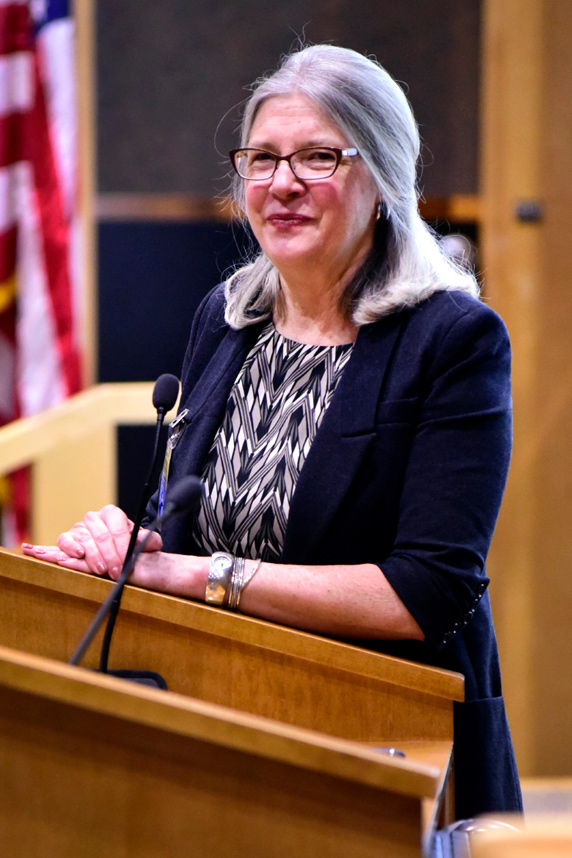 Walker, shown during her 2019 lecture at NIEHS, noted that the institute has been doing precision environmental health since the Environmental Genome Project in the 1990s. (Photo courtesy of Steve McCaw / NIEHS)
Walker, shown during her 2019 lecture at NIEHS, noted that the institute has been doing precision environmental health since the Environmental Genome Project in the 1990s. (Photo courtesy of Steve McCaw / NIEHS)Precision progress
The council was also treated to an update on exciting new developments in the precision environmental health field.
Cheryl Walker, Ph.D., the director of the Center for Precision Environmental Health at the Baylor College of Medicine briefed council members. Dana Dolinoy, Ph.D., from the University of Michigan; and Andrea Baccarelli, Ph.D., from Columbia University; also discussed features relating to their planning for precision environmental health.
“The ultimate goal of precision environmental health is to protect individuals from the adverse health effects of exposures that make their way to us through the air we breathe, the water we drink, and the food we eat,” Walker said. “Precision environmental health offers the promise of identifying individuals who are specifically susceptible to environmental threats and enables precise, targeted, effective prevention.”
Combating chemical threats
Sri Nadadur, Ph.D., discussed research on medical countermeasures (MCMs) against chemical threat agents targeting the eyes and lungs. The council voted to advance the funding opportunity.
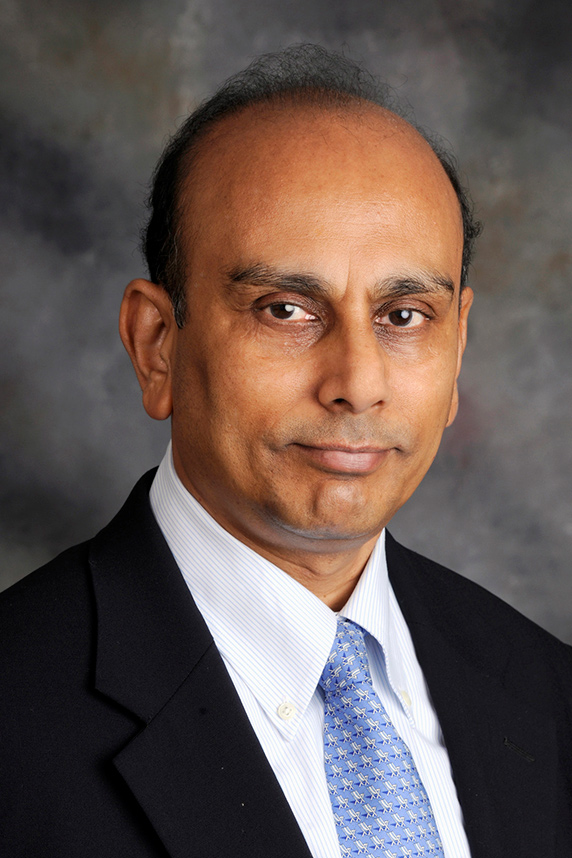 Nadadur said that the NIEHS-specific CounterACT funding announcement will attract more environmental health scientists into the program. (Photo courtesy of Steve McCaw / NIEHS)
Nadadur said that the NIEHS-specific CounterACT funding announcement will attract more environmental health scientists into the program. (Photo courtesy of Steve McCaw / NIEHS)The joint funding announcement with the National Eye Institute and the National Institute of Allergy and Infectious Diseases supports the ongoing CounterACT, or Countermeasures Against Chemical Threats program.
CounterACT supports basic and translational research to identify better therapeutic MCMs. It supports these measures through drug development and regulatory processes, to their eventual adoption by the Biomedical Advanced Research and Development Authority (BARDA).
The NIEHS-led program has already sent three candidate MCMs to BARDA. Several more are in various stages of development.
(Ernie Hood is a contract writer for the NIEHS Office of Communications and Public Liaison.)






